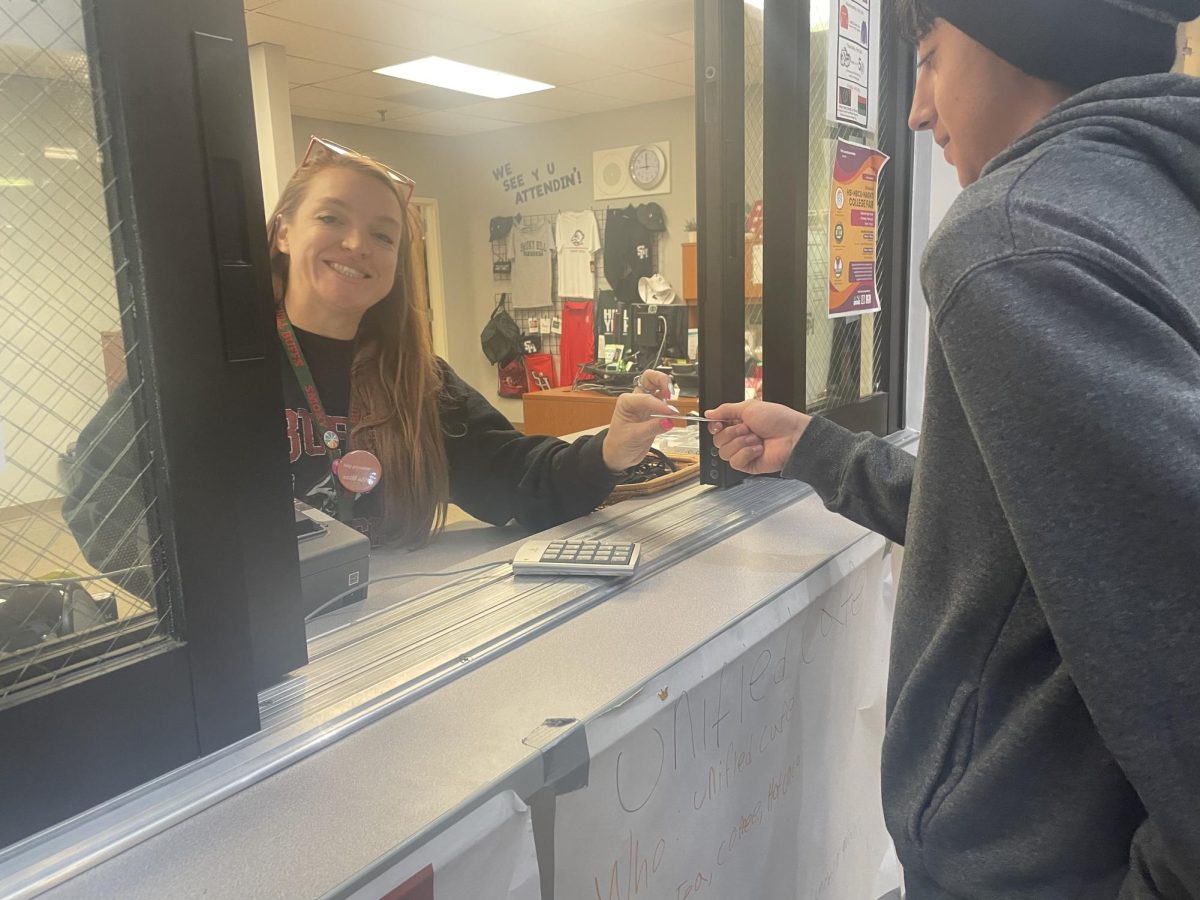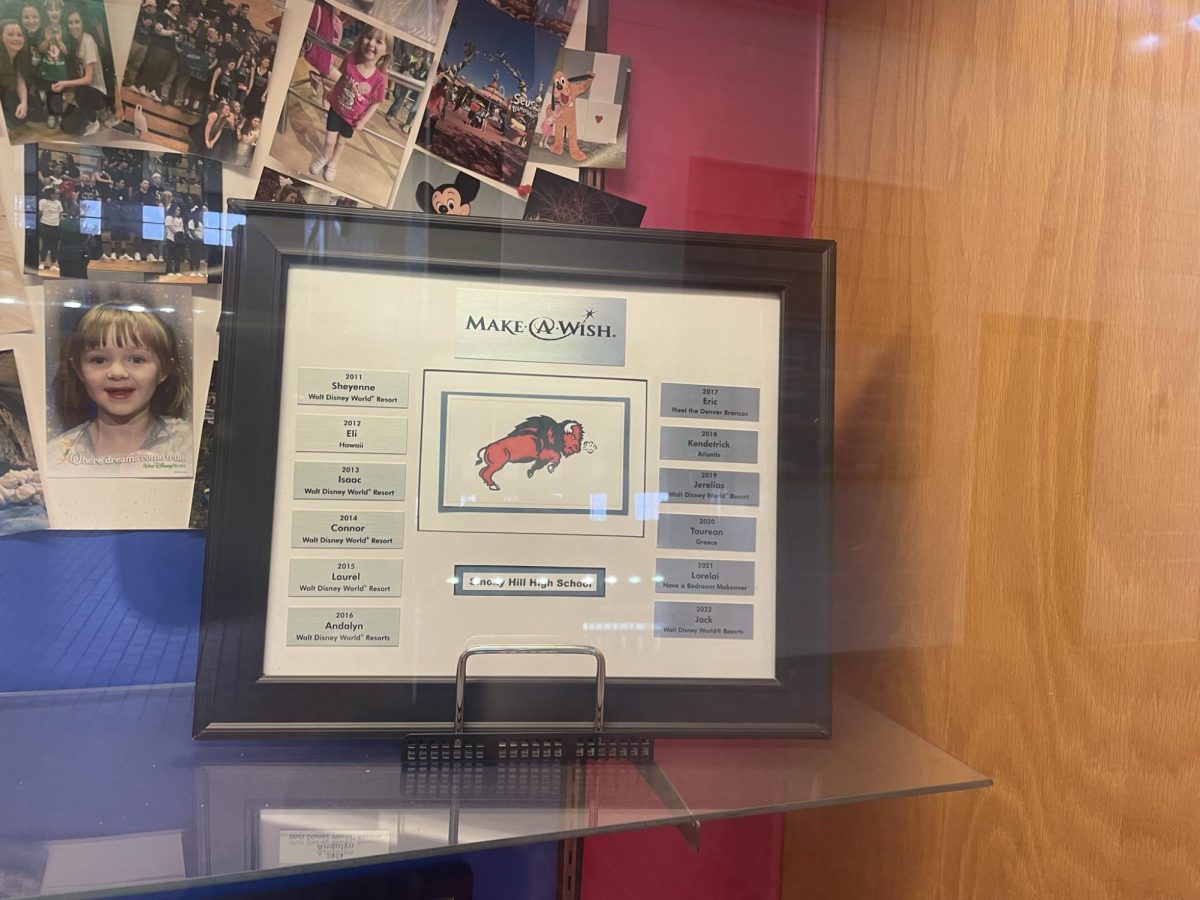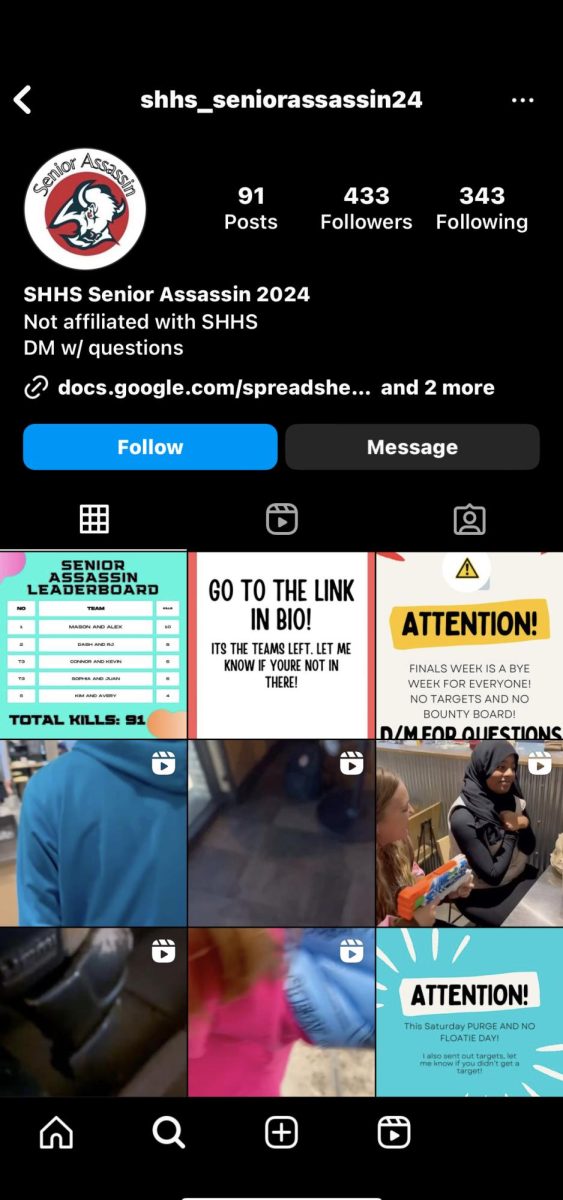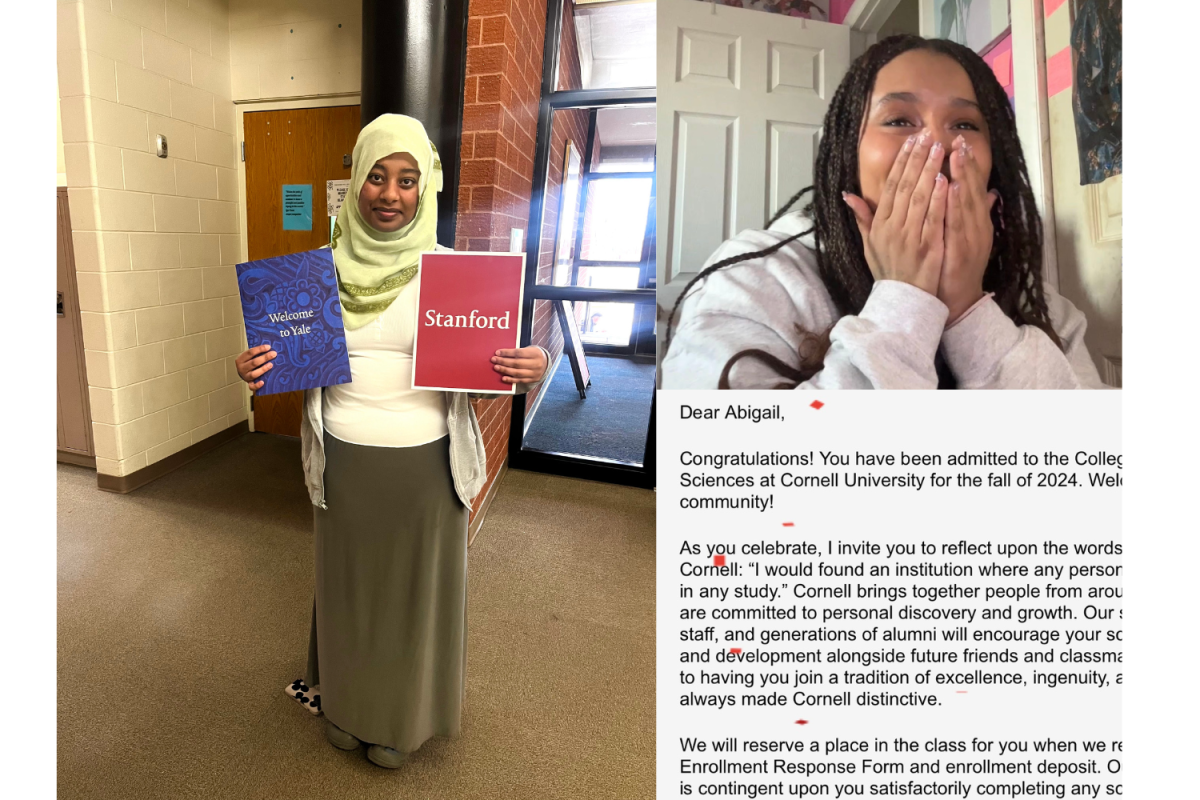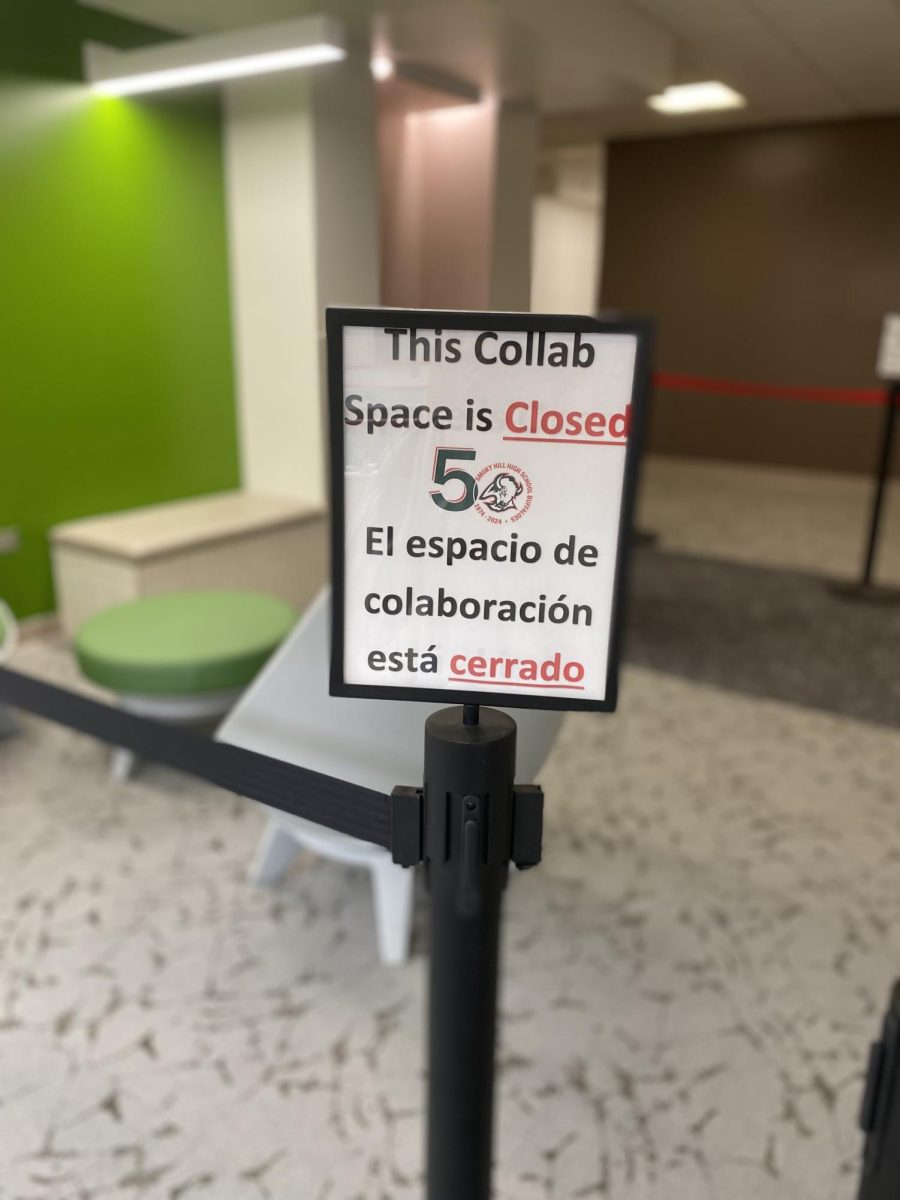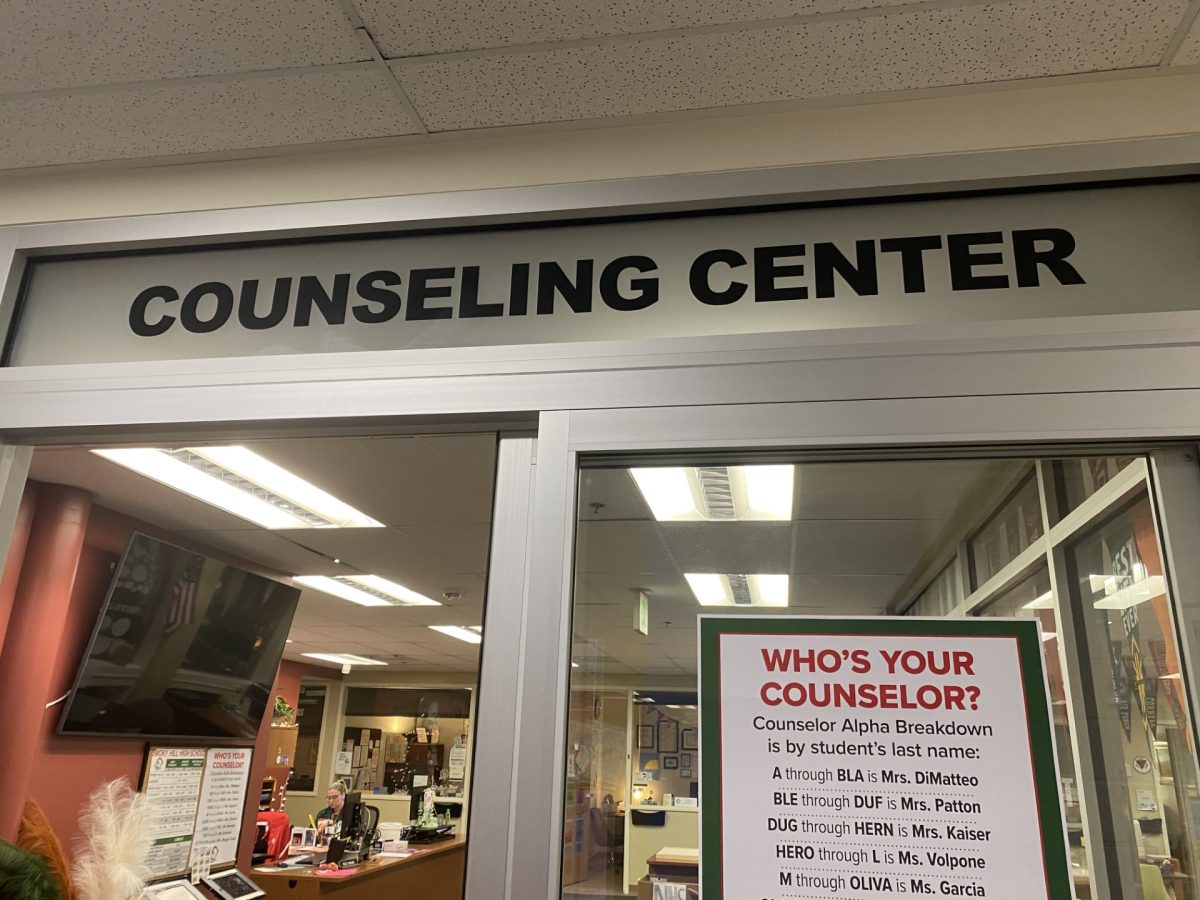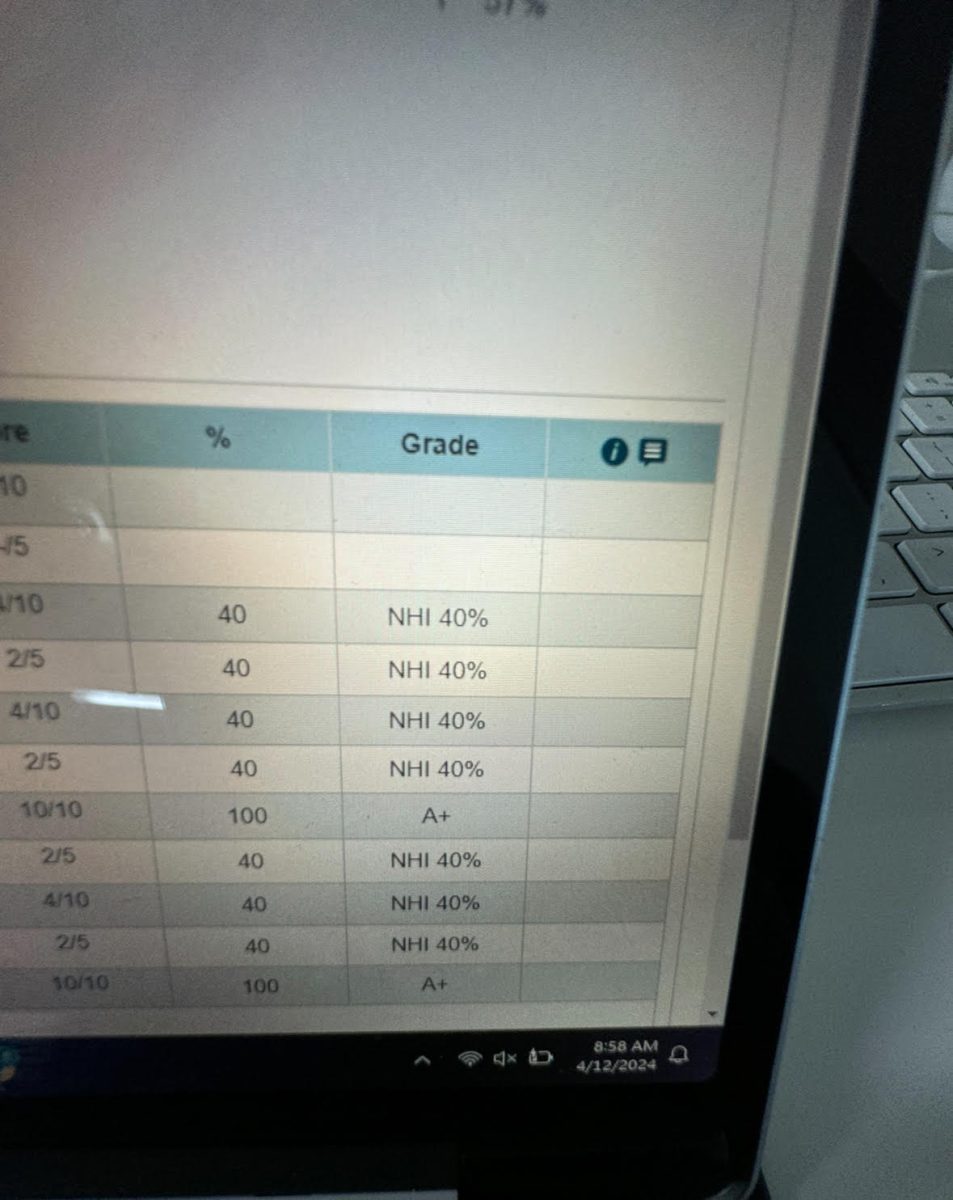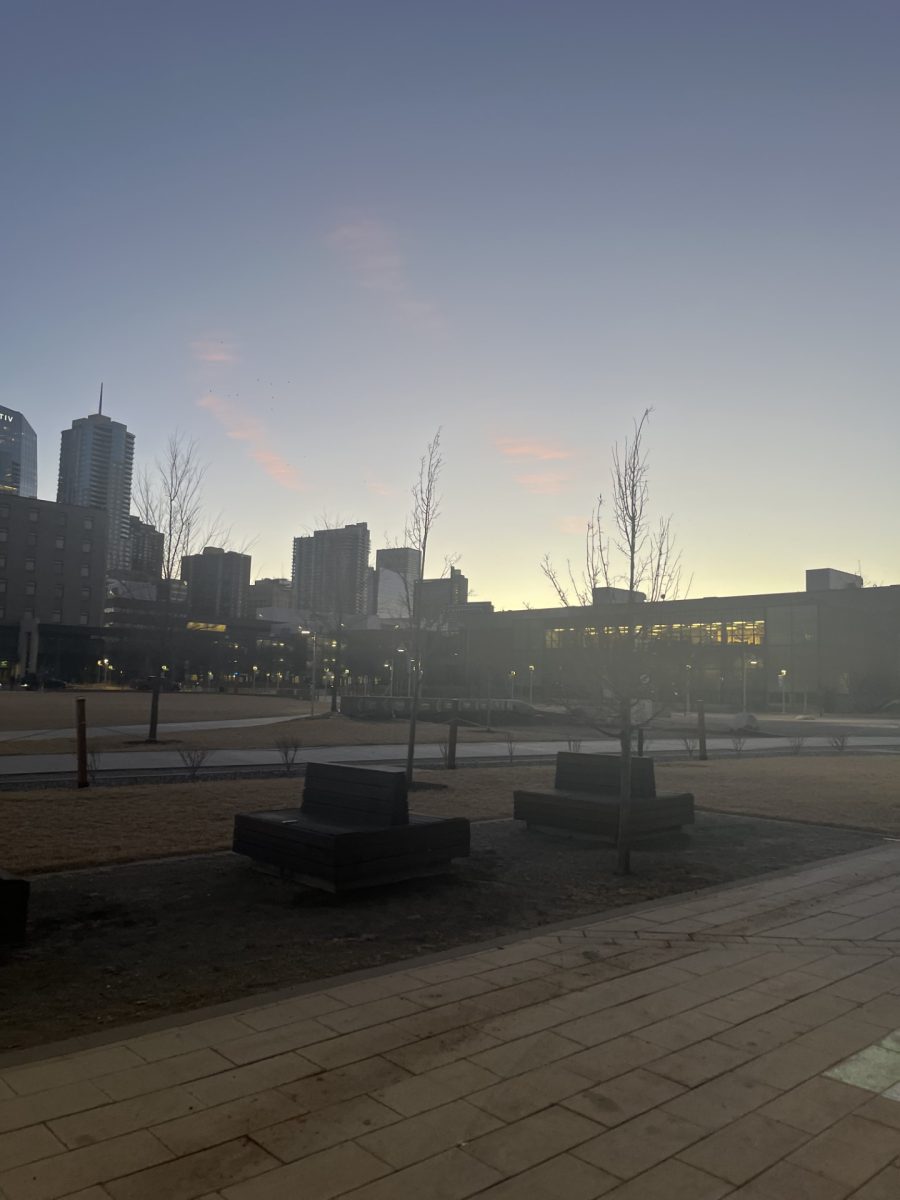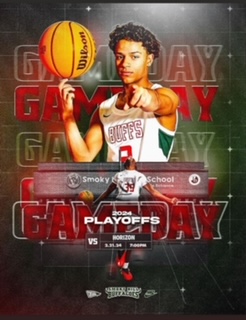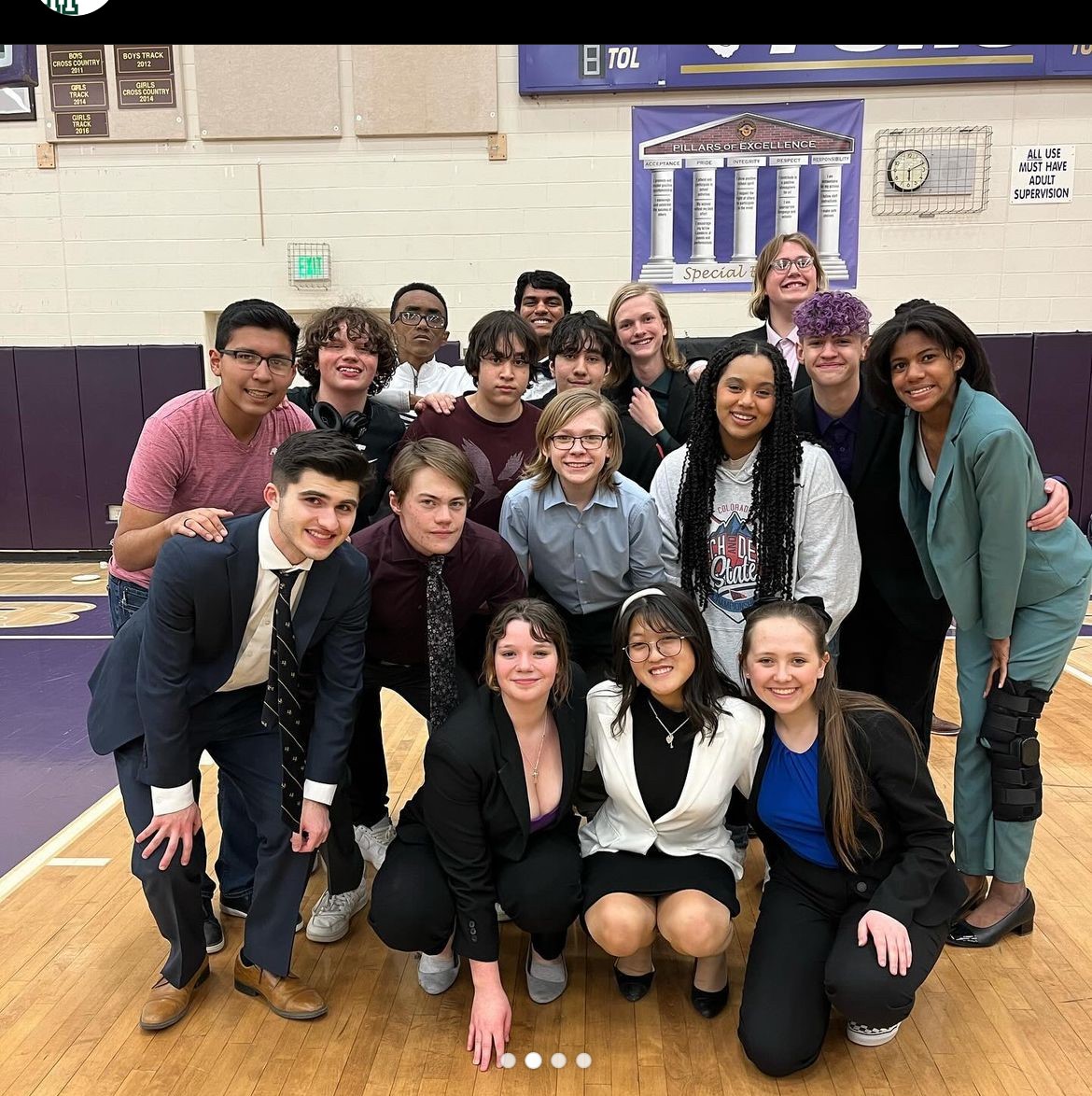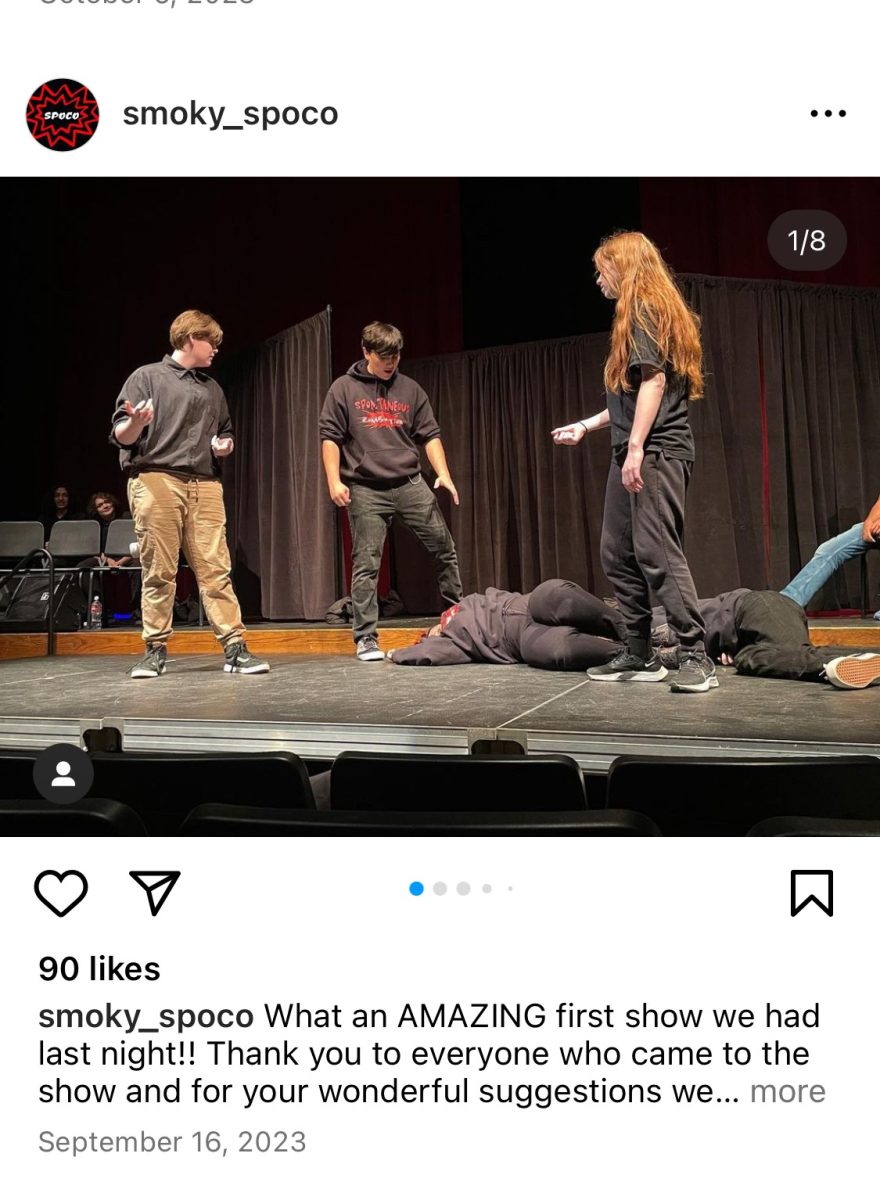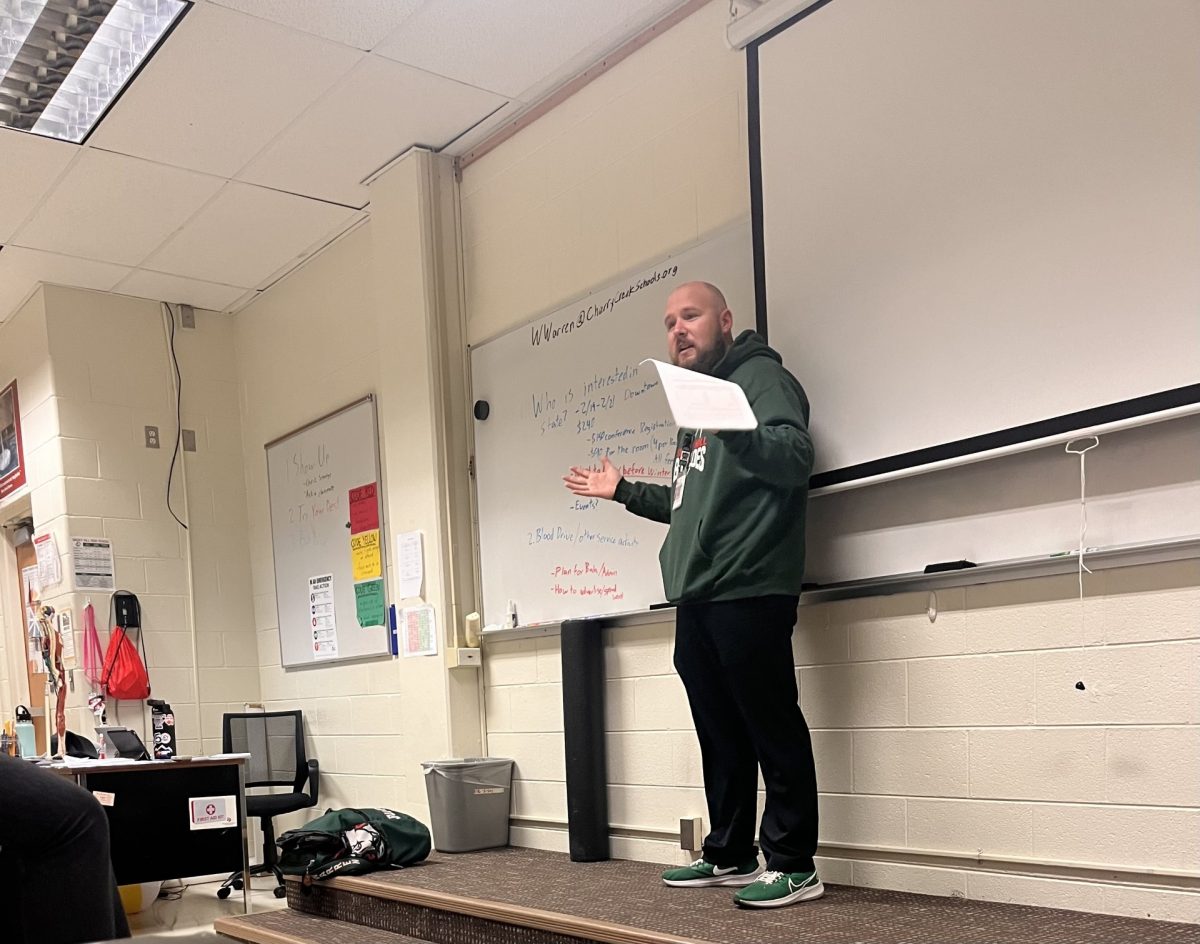How do Schools Plan on Protecting Students from Lab Accidents?
The recent Denver lab fire raises questions about lab safety
September 18, 2014
Monday, September 15, four students got burned in a methanol lab fire at a Denver high school and one of the students was severely injured. The student with severe injuries had to be transferred to another hospital for further care.
According to abcnews.com, Daniel Powell, the teacher who conducted the experiment, only suffered minor injuries to his hands. Powell had no prior training to use methanol, and he did not know it was flammable.
This has been the second time this month that a laboratory fire has been linked to methanol; so the question is: What should teachers and schools be doing to keep accidents like this from happening?
“Preventing accidents from happening is why we have safety contracts, laboratory instructions, and equipment to protect the students,” Chemistry teacher David Mitchell said. The safety contracts given to students state that no one should leave a flame or hot plate unattended, and that students should immediately report any incident to the teacher no matter how big or small the mess/accident is.
There are also other situations and accidents; such as cuts, chemical contact with skin, and gas inhalation; that are possible that can cause science teachers to not be able to try the experiment in the exact way it was meant to be done.
“Finding alternative labs that have the same concept with safer materials is a way teachers use to let the students have the same type experience,” Mitchell said. “I also try to find videos that use the actual materials for the experiment, and the students seem to like it.”
According to Answers.com, lab fires are one of the most common lab accidents. To avoid fire, these steps should be taken:
-Don’t let students handle flammable liquid without adult supervision
-Check bunsen burners and other gas outlets for leaks
-Keep flames contained at all times


